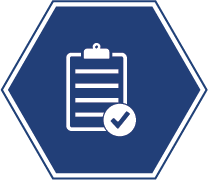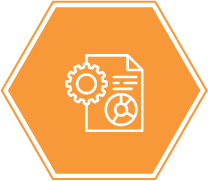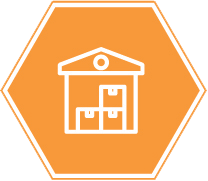Ever feel like you’re constantly extinguishing fires at work, hopping from one crisis to the next without a pause? This relentless state of emergency, known as firefighting mode, is a familiar pitfall for many teams. In the high-stakes realm of pharmacovigilance, where data volume, compliance, and patient safety intersect, teams often get caught in a relentless firefighting loop, especially during technology implementations and maintenance to enhance drug safety monitoring. Remaining in this chaotic state leads to significant value leakage and a severe impact on ROI. But how can you tell if you’re caught in this cycle, and more importantly, how can you escape it? Let’s delve into some clear indicators and actionable strategies to guide your team towards a more stable and proactive approach.
Signs You’re Stuck in Firefighting Mode in Pharmacovigilance Projects:
| - | Signs You're Stuck in Firefighting Mode | Actions to Break Free |
|---|---|---|
 | Making the Same Mistakes: Encountering repeated issues in data management or system integration indicates a cycle of reactive problem-solving without learning from past errors. | Track and Learn: Document challenges and solutions in your pharmacovigilance projects. Analyze patterns to prevent recurrence and refine your technology implementation strategies. |
 | Leadership Issues: If project leaders focus solely on immediate issues without strategic foresight, the team will struggle to achieve long-term pharmacovigilance goals. | Foster Proactive Leadership: Encourage leaders to develop a vision that integrates immediate problem-solving with strategic planning, especially in the context of pharmacovigilance technology advancements. |
 | Bad Communication: In the realm of pharmacovigilance, where collaboration is key, poor communication can create isolated teams and misunderstandings about their interconnected roles, leading to significant project delays. | Boost Communication: Enhance information sharing and collaboration among stakeholders, ensuring that data flows seamlessly and insights are shared promptly. |
 | Not Enough Resources: Limited resources can hinder the effective implementation and utilization of pharmacovigilance technology solutions, leading to bottlenecks and inefficiencies. | Resource Check: Assess and allocate adequate resources, including skilled personnel and technology infrastructure, to support the demands of pharmacovigilance projects. |
 | No Long-Term Plan: Without a strategic roadmap, projects risk getting bogged down in day-to-day issues, losing sight of the larger goal to enhance drug safety monitoring. | Plan Ahead: Develop a comprehensive strategy that aligns pharmacovigilance technology projects with broader organizational objectives, ensuring a clear path to enhancing patient safety. |
 | Ignoring Risks: Overlooking potential risks can lead to significant setbacks, especially when implementing new technology solutions. | Anticipate Risks: Conduct thorough risk assessments, particularly focusing on data integrity, compliance, and system interoperability, to proactively address challenges in projects. |
 | Lack of Subject Matter Expertise: Insufficient expertise in pharmacovigilance domain or technology can lead to missteps and inefficiencies in project execution. | Enhance Expertise: Bring in experts with deep domain knowledge and technical proficiency to guide the project, ensuring informed decisions and effective implementation. |
 | Undervaluing Project Management: Treating project management as a secondary concern compared to subject matter expertise can lead to disorganization and inefficiency. | Elevate Project Management: Recognize and integrate strong project management practices as a core component of your pharmacovigilance projects, ensuring structured execution and alignment with objectives. |
By recognizing these signs and taking proactive steps, your project team can move beyond the reactive firefighting mode, optimizing the implementation of technology solutions to enhance drug safety monitoring. This strategic approach not only improves project outcomes but also contributes to the overarching goal of safeguarding patient health.













